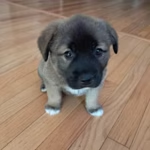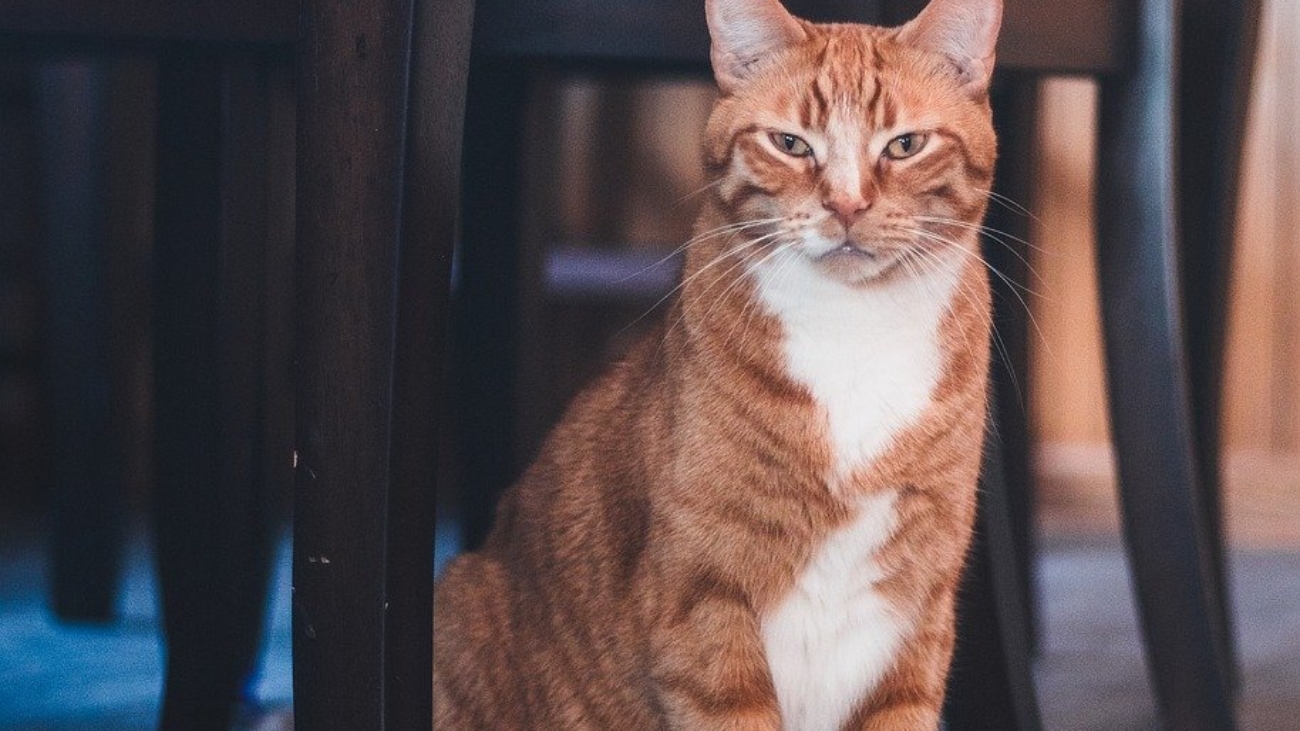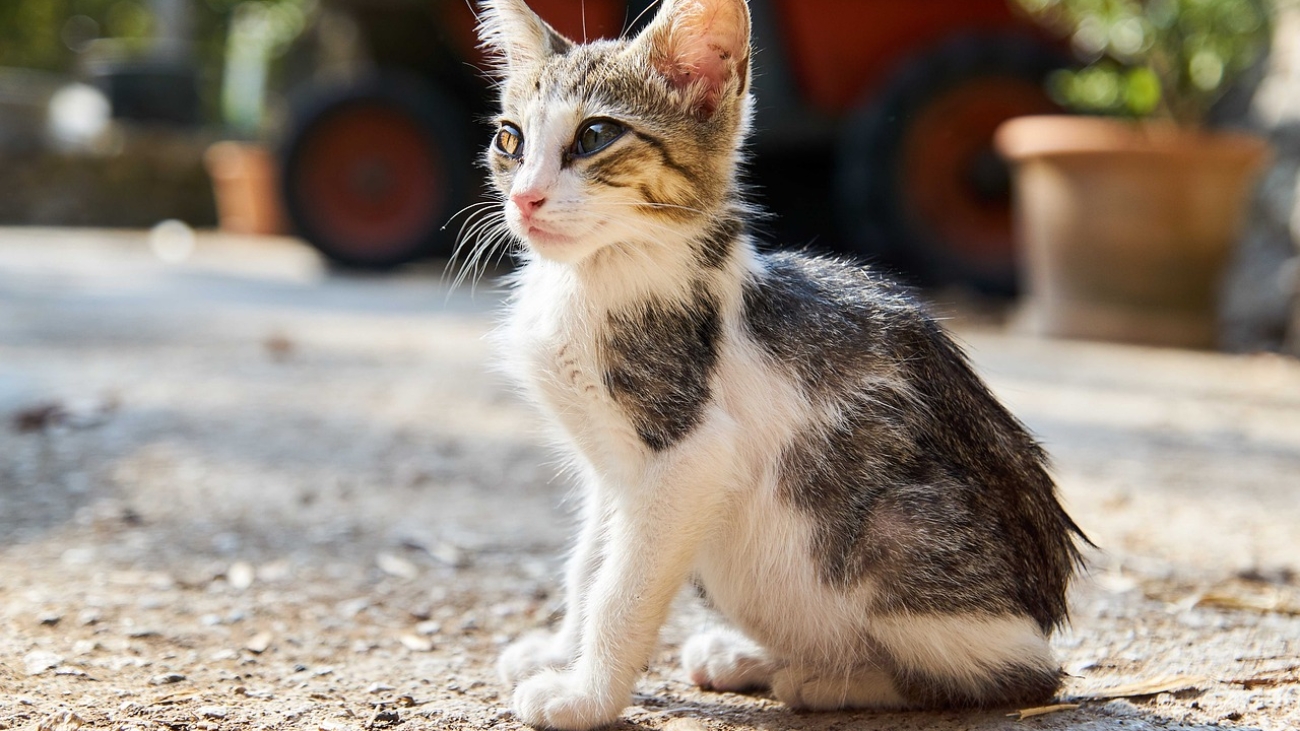When it comes to keeping our feline companions healthy and happy, one of the most important decisions we make is choosing the right cat food. With so many options available, it can be overwhelming for cat owners to decide what’s best for their pets. This guide will break down the different types of cat food, the essential nutrients your cat needs, and some tips to help you choose the right diet for your feline friend.
Types of Cat Food
Cat food generally falls into three main categories: dry food, wet food, and raw food. Each has its own benefits and drawbacks, and understanding these can help you make the right choice for your cat’s health.
1. Dry Food (Kibble)
Dry cat food, often referred to as kibble, is one of the most common choices for cat owners. It’s convenient, easy to store, and generally more affordable than wet food. However, dry food tends to be lower in moisture, which can be a concern since cats are not always good at drinking water. Many dry foods contain a lot of carbohydrates, which are not ideal for cats, who are obligate carnivores and require a protein-rich diet.
Pros:
- Convenient and easy to store.
- Can help with dental health by reducing plaque and tartar buildup.
- More affordable than wet food.
Cons:
- Lower moisture content can contribute to dehydration.
- May contain fillers like corn, wheat, and soy, which are not ideal for cats.
- Often lower in protein compared to wet food.
2. Wet Food (Canned or Pouched)
Wet cat food comes in cans or pouches and typically contains a higher moisture content than dry food, which is beneficial for a cat’s hydration. It is usually more protein-rich and contains fewer carbohydrates than dry food. Wet food also tends to be more palatable, making it a great choice for picky eaters or cats with special dietary needs.
Pros:
- Higher moisture content helps with hydration.
- Typically higher in protein and lower in carbohydrates.
- More appealing to picky eaters.
Cons:
- Can be more expensive than dry food.
- Requires refrigeration after opening, which can be less convenient.
- It may contribute to dental issues as it doesn’t help clean teeth like kibble.
3. Raw Food
Raw cat food, also known as the “raw diet” or BARF (Biologically Appropriate Raw Food), is based on the idea that a diet consisting of raw meat, organs, and bones is more natural and closer to what a wild cat would consume. Proponents of raw food claim it promotes healthier skin, coat, and digestion. However, raw food diets can be time-consuming to prepare, expensive, and risky if not handled properly due to the potential for bacterial contamination.
Pros:
- Mimics a natural diet for cats.
- May improve coat condition, energy levels, and digestion.
- Often free of preservatives and fillers.
Cons:
- High risk of bacterial contamination if not prepared or stored correctly.
- Expensive and difficult to find.
- Time-consuming to prepare, particularly for owners with busy schedules.
Key Nutrients for Cats
Cats are obligate carnivores, meaning they must get most of their nutrition from animal-based sources. A good cat food should provide essential nutrients that contribute to overall health and well-being. Here are some key nutrients to look for when choosing cat food:
1. Protein
Cats need a high amount of protein in their diet, as it supports muscle maintenance, immune function, and overall energy. Look for cat foods with high-quality animal protein sources, such as chicken, turkey, beef, or fish.
2. Taurine
Taurine is an essential amino acid that cats cannot produce in sufficient quantities, so it must be included in their diet. It plays a key role in heart health, vision, and the immune system.
3. Fats
Fats are a vital energy source for cats and also help with the absorption of fat-soluble vitamins (A, D, E, and K). Omega-3 and omega-6 fatty acids are especially important for maintaining a healthy coat and skin.
4. Vitamins and Minerals
Cats need a variety of vitamins and minerals to support metabolic processes, bone health, and overall well-being. These should be included in the food, either from the natural ingredients or through supplementation.
5. Water
Since cats have a low thirst drive, they often get the majority of their water intake from food. This is one reason why wet food is a great option for hydration.
Choosing the Right Cat Food
When choosing cat food, consider the following factors:
1. Life Stage
Cats have different nutritional needs at different life stages. Kittens, adults, and senior cats all require different levels of protein, fats, and calories. Choose food specifically formulated for your cat’s age group.
2. Health Conditions
If your cat has any health conditions, such as obesity, kidney disease, or food allergies, it’s important to consult your veterinarian about the best diet. Many brands offer prescription foods designed for specific health concerns.
3. Quality Ingredients
Look for cat food that lists high-quality animal protein sources as the first ingredient. Avoid foods that contain excessive fillers, such as corn, wheat, and soy, which provide little nutritional value for cats.
4. Brand Reputation
Choose cat food from reputable brands that use high-quality ingredients and have a track record of producing safe and nutritionally balanced foods. Always check the food’s AAFCO (Association of American Feed Control Officials) certification to ensure it meets minimum nutritional standards.
Conclusion
Choosing the right cat food is essential for your cat’s health and happiness. Whether you opt for dry food, wet food, or a raw diet, it’s important to ensure that the food provides the right balance of protein, fats, and essential nutrients. Always consult with your veterinarian to determine the best diet for your cat’s specific needs, and choose high-quality, nutritious food that will keep your feline friend thriving for years to come.
By carefully considering your cat’s age, health, and preferences, you’ll be well on your way to providing the best food for your beloved pet.





